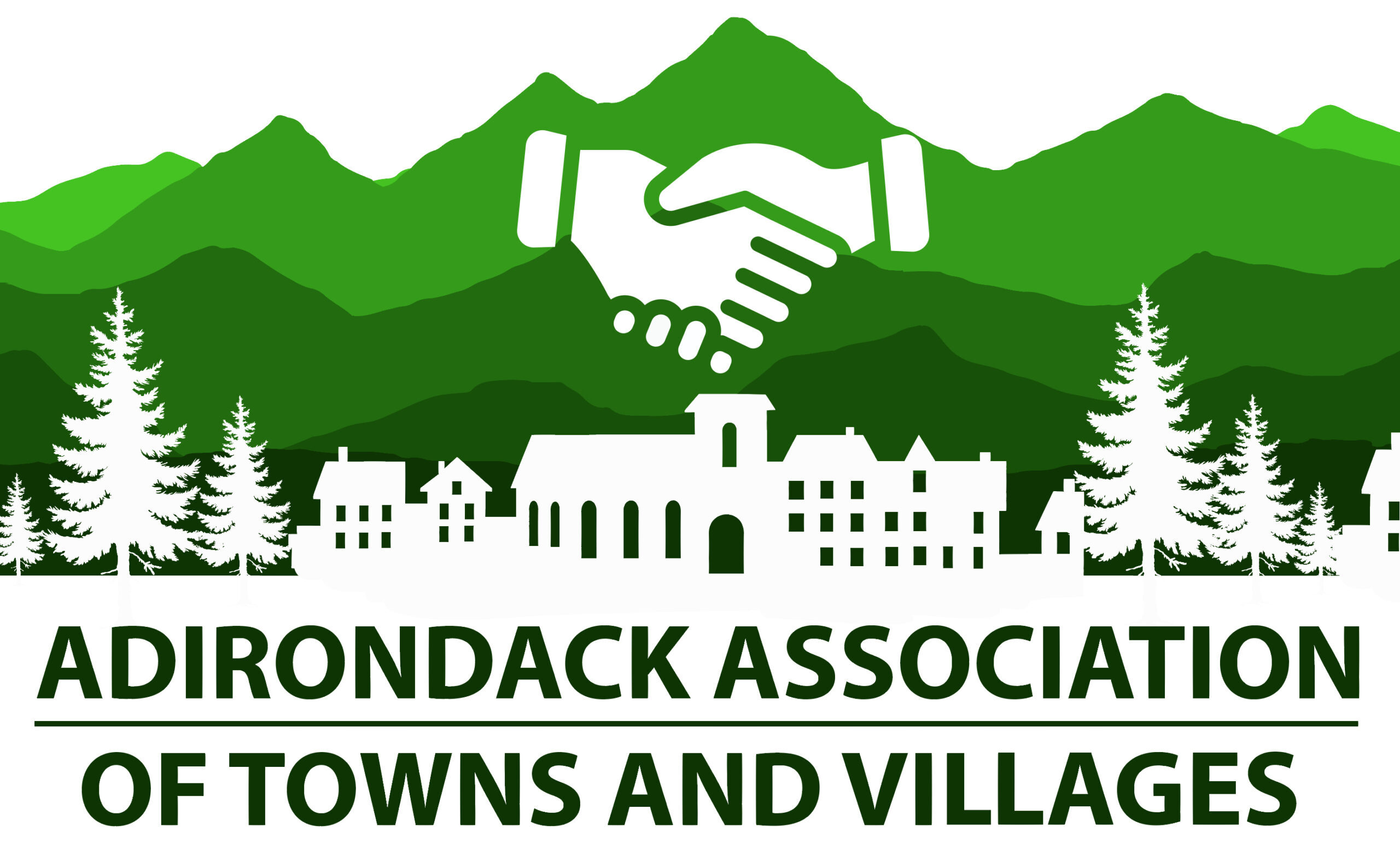Introduction
The Adirondack Park Regional Assessment Project (APRAP) is a study by and for park communities. The project was conceived in 2006 by member communities of the Adirondack Association of Towns and Villages in collaboration with the Adirondack North Country Association. Research was conducted to gather information about the park from the perspective of community leaders within the “Blue Line” and from outside data sources. The intent of the project is to provide a factual baseline quantifying various trends for use in strategic planning and assessment updates.
The final report marks the culmination of a sizable research project involving the 103 towns and villages that comprise the park. As an area recognized for its unique ecological qualities, the park includes diverse communities amid abundant state-owned lands constitutionally protected as “forever wild.” The report, along with its appendices, will provide a factual basis for ensuing discussion on park issues and planning. A deliberate effort was made to avoid excessive interpretation or to arrive at conclusions, beyond the obvious.
The Findings
The results of the research effort affirm how Adirondack communities share in the challenge of providing services for their residents and visitors, while simultaneously serving as gateways to the park’s public lands. The findings from the assessment provide important information with respect to community life, park demographics, education, local government, emergency services, land use and infrastructure.
WHAT WE FOUND
The Adirondack Park has doubled in size since its creation in 1892, to more
than nine thousand square miles. Private lands were first
included in the definition of the park in 1912.
The Adirondack Park represents one-fifth of New York’s land area, and
includes less than one percent of the state’s total population.
Two-thirds of all state-owned lands in New York State are in the
Adirondack Park.
Ninety percent of the Adirondack Forest Preserve is located in just
40 percent of the towns in the Adirondack Park.
The Office of Real Property Services lists 76 percent of the Adirondacks
as “Wild, Forested, Conservation Lands and Public Parks.”
From 1980 to 2006, real property tax as a portion of total revenue has
decreased in the average Adirondack Park community.
Individuals with mailing addresses outside the park own about 40 percent of the
parcels listed as residential which constitute half of the total
residential property value.
Government sector jobs account for more than 30 percent of all employment
in Hamilton, Essex, Lewis and Washington counties. In 2007, an estimated
44 percent of employees worked in the public sector in Franklin County.
These jobs do not include employment in public education.
The regional economy is highly dependent on correctional services.
One of every 26 people counted as living in the Adirondack Park
resides in a correctional facility.
There are more than 5,000 miles of public roads in the park, half of which are
maintained by the towns and villages. State and county highways make up
the remainder in roughly equal amounts. Nine New York State Scenic
Byways traverse the park.
Only 7 park communities have complete cell phone coverage, while the
remainder have limited or no service at all.
Park residents average just under 43 years of age, older than any state for
median age. By 2020, only the west coast of Florida will exceed the
Adirondacks as the oldest region in America.
In the park, K-12 students represent 13.5 percent of the population,
as compared to 18 percent nationally.
School enrollments in the park have decreased by 329 students annually
throughout the current decade, which is equivalent to the loss of
one average size Adirondack school
district every 19 months.
The Saranac Lake School District (1,536 students) covers an area nearly the size
of Suffolk County (69 districts and 254,629 students).
From 1970 to 2007, the number of teachers in Adirondack school districts increased
by 34 percent, while the student population dropped
by 31 percent.
Implications for the Park
The APRAP report provides a comparative baseline and detailed picture of the park. Many in-park trends differ from the rest of New York State, even in other rural areas. The decline in school enrollment is steeper and the median age of the population is rising more rapidly than elsewhere. Household incomes are lower than in much of New York State. There is an out migration of young families and an in-migration of semiretired and retired persons. Approximately 40 percent of the homes are owned by people whose primary residence is outside of the Blue Line. The mines and mills of the Adirondacks are largely shuttered. Sparse populations and regulatory practices have contributed to a lag in private sector investment of broadband communication and data transfer infrastructure. The park-wide loss of private sector jobs has been offset temporarily by job increases in public health care, education and government employment.
The study provides essential information for the discussion of the following issues:
>> How to provide quality employment in places that have suitable development opportunities inside the Blue
Line?
>> What is the effect of continued state land acquisitions, the use of easements, and private land use regulations on the social fabric and economy of park communities?
The obvious need to merge long-term economic revitalization with environmental protection must occur soon for the towns and villages within the Adirondack Park. Bold new strategies and investment will be required to address the complex needs of communities within a protected landscape. Such strategies must support sustainable development of communities consistent with both quality of life and environmental stewardship.
The data presented assesses the need for targeted and timely utilization of resources to address the questions listed above and to drive the planning process to meet the fundamental needs of the people of the Adirondack Park.
